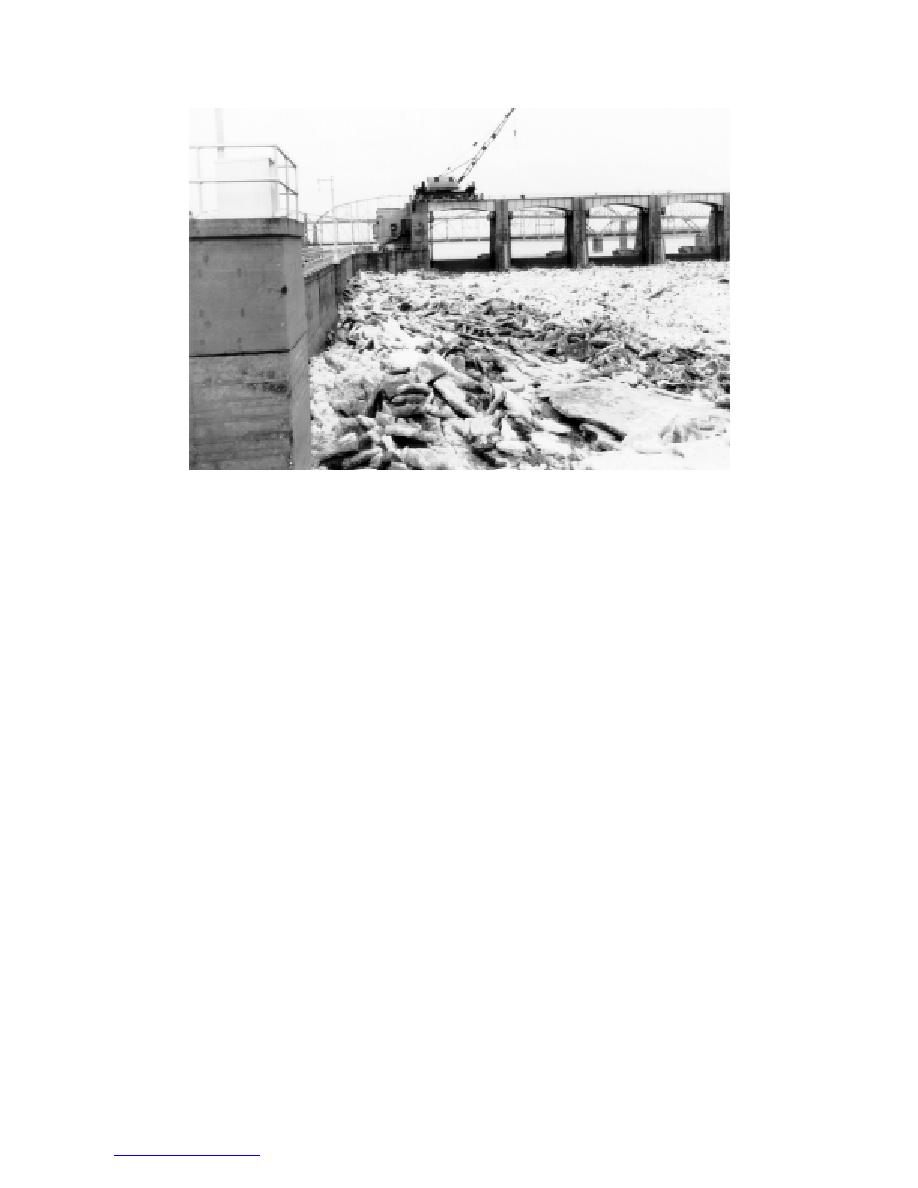
Figure 7. Accumulation of broken ice upstream of Lock and Dam 26, 11 February 1966,
Alton, Illinois.
of a split leaf design with adjustable heights. The
Because of the low flow velocities found in pool
second type consists of 33-m-wide by 2.7-m-high
areas, conveying ice from the lock approach to the
bulkheads that are lowered into position by the
dam gate can be difficult, particularly if the ice
service bridge crane. The top "skimmer bulk-
pieces are frozen together. Opening the gates wide
head" is specially designed for overflow. To pass
for a short time can draw brash ice from the lock
ice at higher flows, adjacent tainter gates must be
approach area to the gates. However, maintain-
opened to substantial height to draw ice beneath.
ing minimum pool depths for navigation and sat-
At these openings, under low tailwater condi-
isfying hydroelectric generating demands during
tions, scour can be a problem at some of the older
low-flow winter periods can severely limit the
projects with inadequate bed armor.
available flow for ice passage. The ice clearing
The projects on the upper Mississippi are not
efforts of workboats or free towboats complement
equipped with emergency gates in auxiliary locks,
gate openings for ice passage, and many projects
although this ice passage solution has been con-
depend on the navigation industry in this regard.
sidered (Zufelt et al. 1993). Ice passage opera-
Through a survey, Zufelt and Calkins (1985)
tions at Lock and Dam 26 at Alton, Illinois, are
identified 75 facilities that experienced ice accu-
described below, along with gate operations for
mulations in their upper lock approaches and 68
ice passage at Starved Rock, Dresden Island, and
facilities that reported difficulty passing ice over
Peoria Locks and Dams on the Illinois Waterway.
dam spillway gates. Nearly all of the structures
on the upper Mississippi, Illinois, and Ohio River
Mississippi River: Lock and Dam 26,
systems appeared on the lists, indicating the uni-
Alton, Illinois
versal nature of these problems on northern
Lock and Dam 26 is a major hub for winter navi-
waterways.
gation, connecting the middle Mississippi, upper
Most of the structures on the main stem Ohio
Mississippi, and Illinois Waterway. Completed
River are equipped with overflow gates installed
in early 1989, the Melvin Price Lock and Dam
in the upstream bulkhead slots of the auxiliary
replaced the old Lock and Dam 26. Midwinter thaws
l o c k chambers. Under normal winter flow
following extended cold periods would cause the
conditions, these gates draw ice away from
ice cover to fail and pile up against the old dam,
the upstream approach of the main lock and pass
as shown in Figure 7. The only solution was to
it through the auxiliary lock. There are two types
open a number of the 12-m-wide tainter gates 34
of gates. The first, called "emergency gates," are
12
Return to contents pg




 Previous Page
Previous Page
